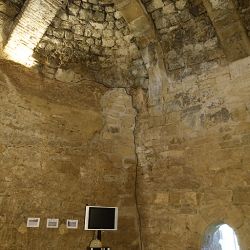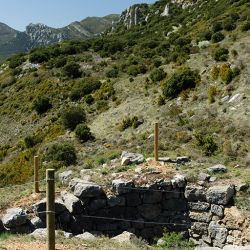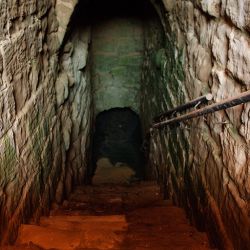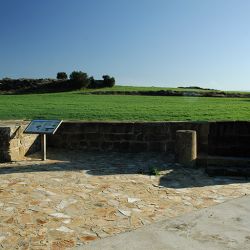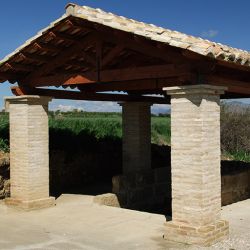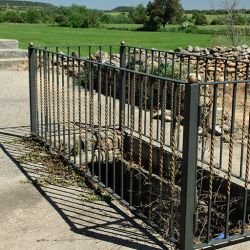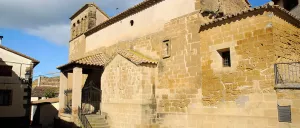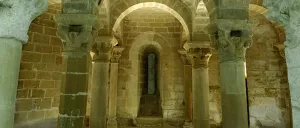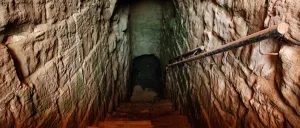There is an impressive variety of popular architecture in the Llano. You should visit the most important ice wells and spring wells. The ice wells used to be industrial installations for the conservation of ice and snow for its use in the preservation of food, drink refreshment, or in the treatment of certain diseases. You can see some examples in:
- Casbas, with its circular well, 6 m in diameter, dating from the XVI century.
- Loporzano, has wells which are also cylindrical, excavated in the earth, with a vaulted ceiling.
- Salillas, has a cylindrical well almost 6 metres in diameter, built with a preparation of rubble and stonemasonry. It too has a vaulted ceiling.
Also in the region you will find examples of spring wells, underground wells, that were most important for the water supply. These are underground constructions, excavated beneath the earth at a depth of between five metres in the Ola, Velillas or Blecua wells and nine metres at Albero Alto and Angüés. At the entrance is a half-pointed arch and then stairs leading to the interior chambers.
Apart from these spring-wells, there are also the underground wells at Piracés and Antillón, excavated in sandstone rock; they are like small water-storing reservoirs, covered with large vaults.





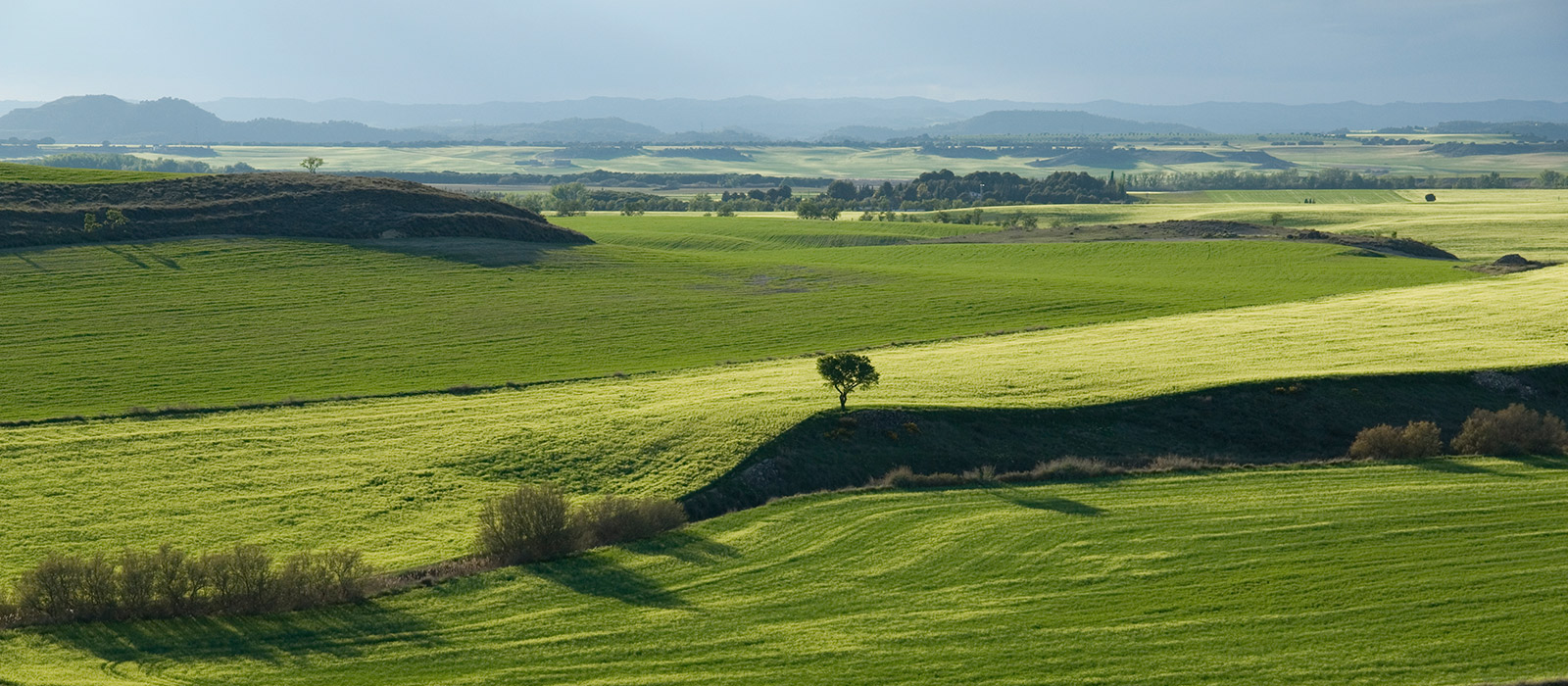
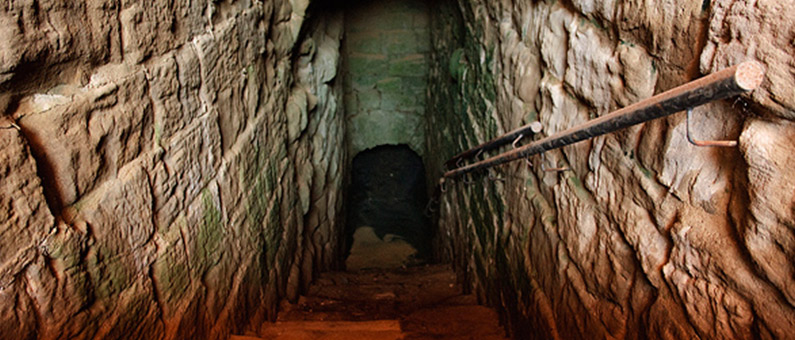
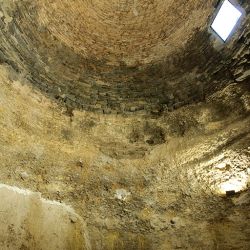
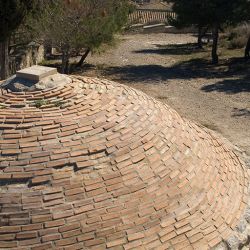
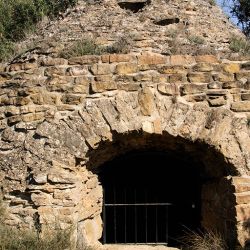
.jpg)
